Following stroke, 85% of people suffer from weakness and only 5-45% regain full function of their arm, resulting in increased dependence and reduced quality of life (Nichols –Larsen et al 2005, Kong et al 2011). In addition, reduced upper limb function has been found to be the strongest predictor of reduced psychological well-being following stroke (Wyller et al 1997).
Dr Cherry Kilbride, who has done some pilot studies to examine the efficacy of the ARNI techniques, has asked us to disseminate information about a new trial she and her team are running at Brunel University.
The Rhombus Study
The primary aim of this project is to assess the feasibility (i.e. can it be used), and acceptability (i.e. do people like it) of using an intervention at home for the rehabilitation of the arm after stroke. This research study is funded by Innovate UK and is a partnership between Brunel University London and Neurofenix, a bio-engineeering SME (small & medium sized enterprise).
The current study will recruit 30 stroke survivors who can provide informed consent, who are 18 years old or over, who are at least 12 weeks post stroke, are not receiving rehabilitation for their arm from another provider (i.e. NHS or private therapist) and still have a problem with moving the arm (full inclusion and exclusion criteria provided in the Participant Information Sheet). Key exclusion criteria include pain in the arm at rest, and photosensitivity epilepsy in adulthood.
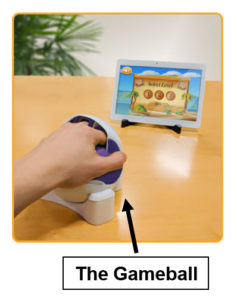
The stroke survivors will use this device: the ‘Gameball’, created by Neurofenix. It is an upper limb rehabilitation device and software for gamification of stroke rehabilitation. Gameball is a portable device that uses either a hand controller or easy to put on arm bands that allow all in one arm training through uniquely designed rehabilitation games displayed on a laptop or tablet. The Gameball has been designed by bio-engineers with the input of stroke survivors and specialist physiotherapists. The Gameball has previously been tested for usability in a university setting and was positively received by all 18 stroke survivors and found to be safe and enjoyable to use
What does the study involve?
 For a participant, the study will begin with a researcher attending the participants in their homes to perform a baseline assessment. One week later the researcher will deliver the Gameball device and train the participant how to use the device. The participant will then be asked to progressively increase the amount of time they use the device over the first week they have it. After that first week the participants will be asked to use the device as much as safely possible for 6 weeks. The participant will have the Gameball for a total of 7 weeks before the researcher then collects the Gameball and performs an assessment. The researcher will return 4 weeks later to perform a final follow up assessment. The total process will last 12 weeks.
For a participant, the study will begin with a researcher attending the participants in their homes to perform a baseline assessment. One week later the researcher will deliver the Gameball device and train the participant how to use the device. The participant will then be asked to progressively increase the amount of time they use the device over the first week they have it. After that first week the participants will be asked to use the device as much as safely possible for 6 weeks. The participant will have the Gameball for a total of 7 weeks before the researcher then collects the Gameball and performs an assessment. The researcher will return 4 weeks later to perform a final follow up assessment. The total process will last 12 weeks.
CALLING ALL STROKE SURVIVORS BASED AROUND WEST LONDON:
You can find more information here: https://doi.org/10.1186/ISRCTN60291412
Download the patient information sheet right here: RHOMBUS Participant Information
CONTACT: DANIEL SCOTT:07780 225384
Why does this study focus on Upper Limb?
Rehabilitation for the arm post stroke is at best scant, as the focus of rehabilitation in the acute phase post stroke is on getting the patient home. Time spent on retraining the upper limb is very low (Lang et al 2009). Effective treatment interventions post stroke are characterised by high intensity and repetitive practice (Langhorne et al 2009). However, changes in infrastructure, resource pressures, an emphasis on mobility during rehabilitation and recent policies advocating earlier discharge home -such as Care Closer to Home- (DoH 2008) have resulted in challenges delivering the amount of rehabilitation necessary to optimise recovery (McHugh et al 2013). In consequence, there is a greater emphasis on stroke survivor’s exercising independently without the presence of a therapist. However, there are issues with delivering this, including problems providing feedback of results and performance, measuring progress and ensuring compliance with prescribed exercise regimes (Deutsch et al 2007, Holden et al 2007, Durfee at al 2009, Golomb et al 2010, Hendrie 2011). Lack of perceived support and boredom with exercises are the most frequently cited factors associated with poor compliance (Hendrie 2011,Tijou et al 2010).
It has been suggested that the use of virtual reality games and activities could help address issues of boredom and compliance and therefore help provide the high intensity, repetitious practice necessary to drive recovery (Saposnik et al 2010, Saposnik & Levin 2011, Laver et al 2011). In addition, the provision of visual feedback via an on-screen character (avatar) has been postulated to activate “mirror neurones” (brain cells involved in performing a movement which also “fire” when observing a movement) which has been suggested may aid recovery from stroke (Celnik et al 2006, Francheshini et al 2012).
Need low-cost upper limb products right now?
Try low-cost ARNI Neuroreach, Neurostrong and Neurogripper for size. Click any of the recommended products below.
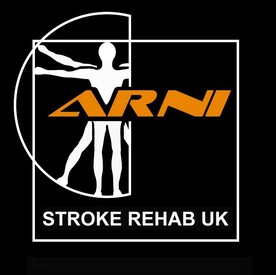

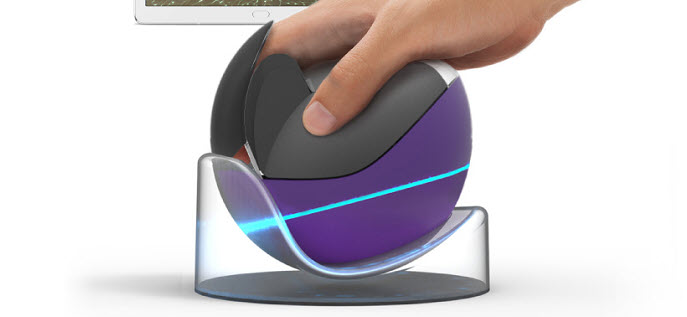
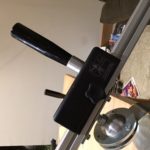
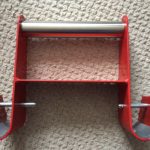


3 Comments
I am 8 years post stroke with left sided weakness I have had Physio (private) for most of this time but still have no movement in fingers with limited movement in my arm, I now trying hydrotherapy to see if it helps , this new research as detailed above sounds good , I tried a mirror box but did not help me
I am 5 years post stroke now, but would of loved to of tried somthing like this as it would of proberbly helped my arm and hand alot, I was sent home like lots of people after my stroke with hardly any support and physio, I just had to fend for myself really, ad struggle best I could, and now still quite weak on left side, which I think could of been prevented with physio input, feel really lt down, I know im stuck with this left sided weakness now for life, so thats my work gone ;-/ I have just bought a body blade off the shoppig chanel which is great on my right side, but my weaker left side im struggling to use it which is a shame as I know if I could get to grips with it properly it would work great for me, I can feel it really working my right side, but doesnt have a problem, but my left side has been asleep now for about 5 years and is struggling to wake up ;-/
I have been using this device (Gameball) for a few months and it does seem to be helping my arm/hand recovery five years after stroke. Can I also suggest a three week Upper Limb Recovery Program run by Dr Nick Ward at The National Hospital for Neurology and Neurosurgery, Queen Square, London. This program is a NHS program (you need to be referred by your GP). I highly recommend both of these, along with private physiotherapy, determination and hard work. Do not give up – it is never too late.